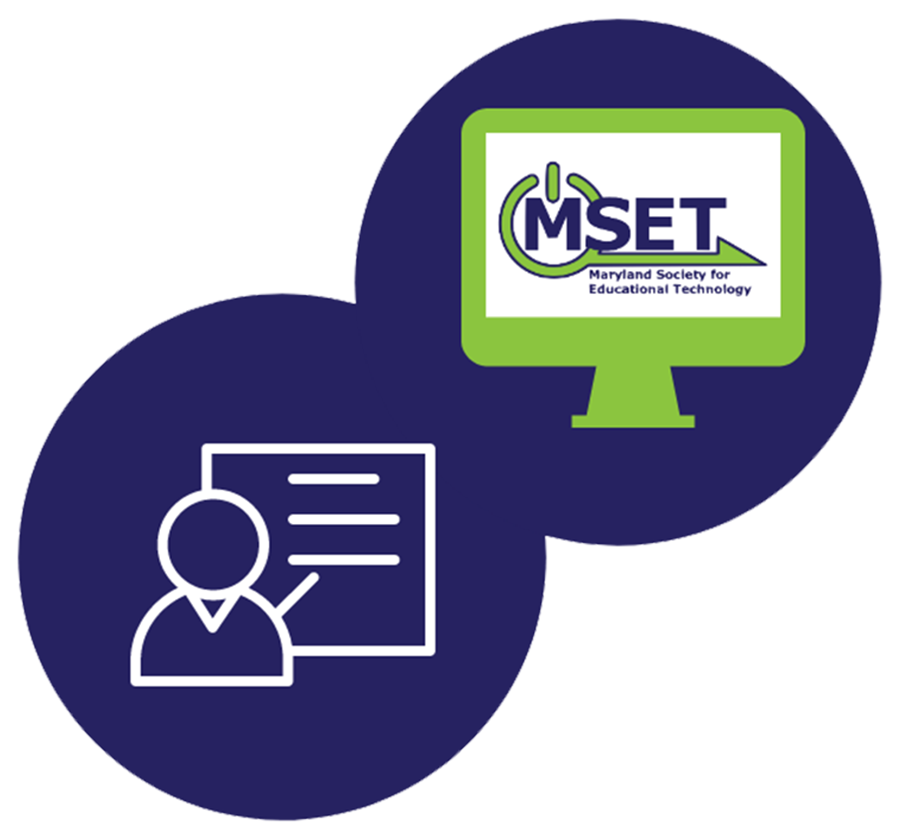By DANNIELLE NERAL
Before the outbreak of COVID-19, I have always been interested in utilizing more of my county’s online learning management system Schoology. With the new 1:1 Chromebook computers for all students in grades three and above, I felt like this school year was the year to try it! As I began the shift my 4th grade classroom to a blended model, I struggled with updating the curriculum and scope and sequence to utilize the available technology in a modified or redefined way when COVID-19 hit. After taking some time to reflect on my own schedule during this time, I realized there was no time like the present to try it!
Schoology. With the new 1:1 Chromebook computers for all students in grades three and above, I felt like this school year was the year to try it! As I began the shift my 4th grade classroom to a blended model, I struggled with updating the curriculum and scope and sequence to utilize the available technology in a modified or redefined way when COVID-19 hit. After taking some time to reflect on my own schedule during this time, I realized there was no time like the present to try it!
Sitting home each day during this quarantine period, I have a clearer picture of how the curriculum and technology could come together as one to meet the needs and interests of all students beyond a substitution level, while adhering to expectations and standards set forth by my county. I am fortunate to have time during this pandemic to spend extra hours adapting each lesson to a more “blended” style of learning, have more content put online, and more opportunities for students to engage with their peers and their world around them. Just like teachers across the country who are scurrying to put lessons online these past few weeks, I think curriculum writers and teachers should be regularly provided the time to transform each lesson of our curriculum into such a way that more could be done virtually. Not just for COVID-19 remote learning purposes, but for the purpose of greater equality and quality of our education system.
As already proven to be successful at one school in a South Dakota school district, Sioux Falls New Technology High School is already demonstrating this type of learning. Students and faculty at this school, “take great ownership and pride,” in being given Chromebooks to take home each night, and are immersed in “problems or projects intended to engage students in meaningful learning experiences” (Sioux Falls School District, n.d.).
To give my plan some sort of structure, I refer to the four pillars as referenced in the text, Harnessing Technology for Deeper Learning, “(1) deeper thinking and learning, (2) authentic work, (3) student agency and personalization, and (4) technology infusion” (McLeod & Graber, 2019, p.12). According to McLeod and Graber (2019), these four categories not only help organize this idea, but are also considered the “foundations of successful technology integration in the classroom" (McLeod & Graber, 2019, p. 13). The biggest takeaways from McLeod and Graber that are supporting my transition to remote learning are:
Deeper Thinking and Learning Change:
- For each lesson, students should be presented with a real-world or realistic problem. This problem could be one they create from their lives that they could apply to the lesson or could be one created by the teacher where they would need to solve and construct their knowledge. Students should have opportunities for discussion and collaboration to create solutions to the problem, as if they were in the real world.
Authentic Work Change:
- After completing an assessment or activity, students should complete a reflection/feedback activity where they will assess how well they did in the assessment or activity, as well as provide feedback to the teacher about where they see themselves using this information in the future. If they do not see themselves using the lesson content in the future, the teacher can work with those learners to make further connections of the content and their future.
Student Agency Change:
- Students should be given choices in their learning and have at least one activity in each lesson that is up to them on how they want to complete it. This could be in a product creation, infographic or video or paper, or in how they want to learn the content, a video or graphic or reading.
Technology Infusion Changes:
- Students are given an opportunity to extend learning at home for each lesson. Whether this be an assignment or a website to research, there is always one activity for them to explore, with some activities also engaging their parents.
- Teachers continue to modify additional activities for home-use to fit county given devices, IPADs, laptops, etc.
By the end of one school year, for instance, I should be able to see a rise in the interest and motivation my fourth-grade students have for learning no matter the amount of written work they are completing versus the online learning. Grades and test scores should improve, communication with parents should increase and turn more positive. Students and teachers alike will have more experience and time using devices to create, modify, and assess activities online. Most important, my students will move on to 5th grade and then middle school with more of a drive to learn for purposeful reasons.
***
Dannielle Neral is an elementary teacher at Westowne Elementary School in Baltimore County Public School (MD).
REFERENCES
BCPS Curriculum, Internal Curriculum Resource, April 20, 2020
McLeod, S., and Graber, J. (2019). Harnessing technology for deeper learning: A quick guide to educational technology integration and digital learning spaces. Solution Tree Press.
Sioux Falls School District. (n.d.). Welcome to New Technology High. Retrieved from http://www.sf.k12.sd.us/schools/high-schools/new-technology

